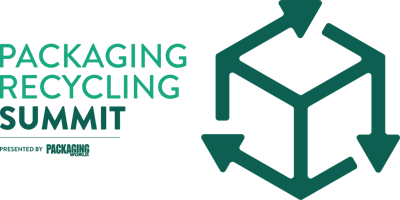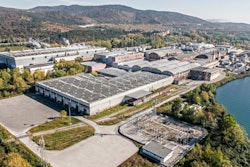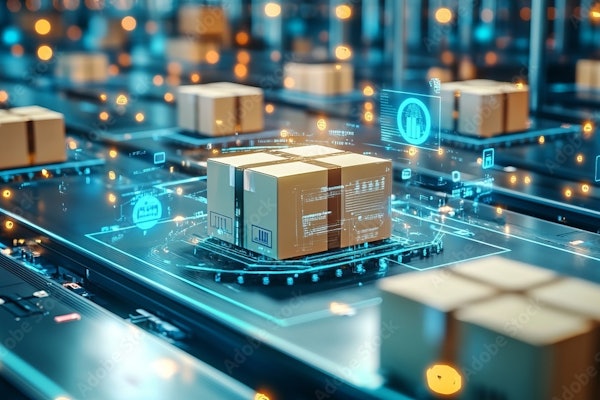
DeNeile Cooper, Recyclability Solutions Manager at The Recycling Partnership, discusses why industry aligned data standards are important, and about to be even more so. Cooper will present an in-depth session at the Packaging Recycling Summit this September 16-18 in Anaheim, when brands, materials and machinery suppliers, reprocessors, and materials recovery facilities (MRFs) gather to collaborate on packaging recyclability. More information on the event can be found here.
KO: Please briefly tell us what The Recycling Partnership does and describe your role.
DC: The Recycling Partnership is a team of experts, practitioners, and thought leaders with real-world experience who, together with our partners, are delivering on our mission of building a better recycling system. My role is to deliver industry clarity and alignment through cross-organizational harmonization of data, definitions, and resources. One way I do that is by facilitating decision-making through The Recycling Partnership’s Circularity Council ("Council"), which consists of more than 30 industry leaders tackling key issues in the U.S. recycling system. These leaders collectively represent all materials and stages across the recycling value chain. The Council was essential to the development of the framework that addresses the five requirements of an effective recycling system and is the foundation of the Circular Packaging Assessment Tool.
KO: With Extended Producer Responsibility (EPR) legislation entering the United States, particularly in California, brands will need to begin collecting data to support these varied laws. Can you explain why?
DC: The five states that have signed EPR into law (CA, OR, CO, ME, MN) are in the process of implementing procedures that will facilitate increased recyclability. One of these procedures is the periodic collection of packaging data and reporting. Data collection will be handled by Producer Responsibility Organizations (PROs) to help determine fees for operating their programs. Additional state requirements vary, and in some cases are still evolving, but brands can expect to report data that reflects packaging recyclability, such as package components, material type, weight, and production size for the state. In the case of California, which has mandated targets for source reduction, brands will likely need to report recycled content and source reduction changes over time from an agreed-to baseline.
KO: Why do brands need “industry-aligned data standards?”
DC: Our research demonstrates that 60% of individuals are confused about recycling, which is partly responsible for only 21% of what could be recycled actually getting recycled. Eliminating this confusion is important, not only for everyday people but also for industry. Let’s use an example to explain our current state. Think of a PET tub for packaging salsa, also known as a plastic #1 container. Material Recovery Facilities (MRFs) will call it a PET thermoform, and end markets will look for it in a PET bale, a thermoform-only bale, or a #1-7 plastics bale. Adding to this plethora of names, as of Spring 2024, under California regulations, this salsa package is considered a “PET (#1) thermoformed container,” and in Oregon, it falls under “plastic tubs (PET, HDPE, PP).” Industry terminology aside, consumers may not even know what PET means and are likely to call it a plastic container. This is where industry alignment comes in, ensuring that stakeholders along the recycling value chain can communicate consistently and accurately. It’s less about making every stakeholder conform to one chosen term and more about establishing a unified system and increasing clarity.

























